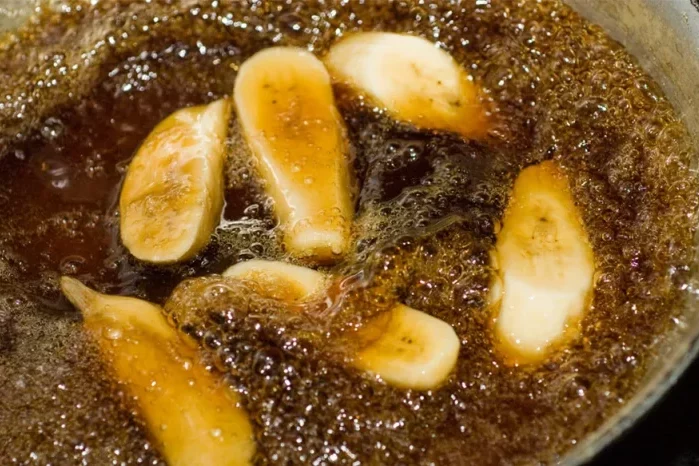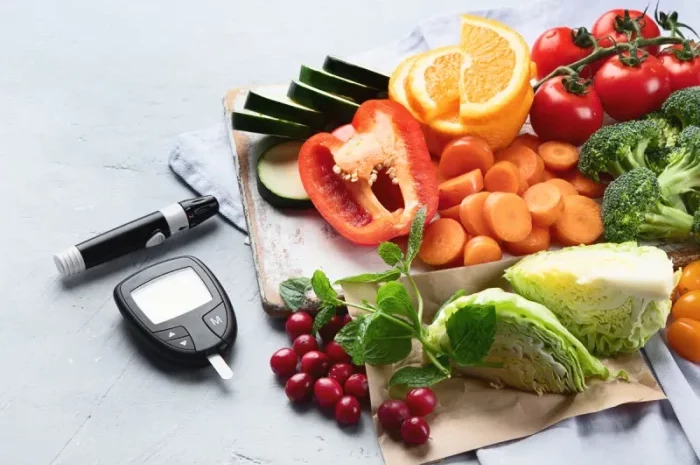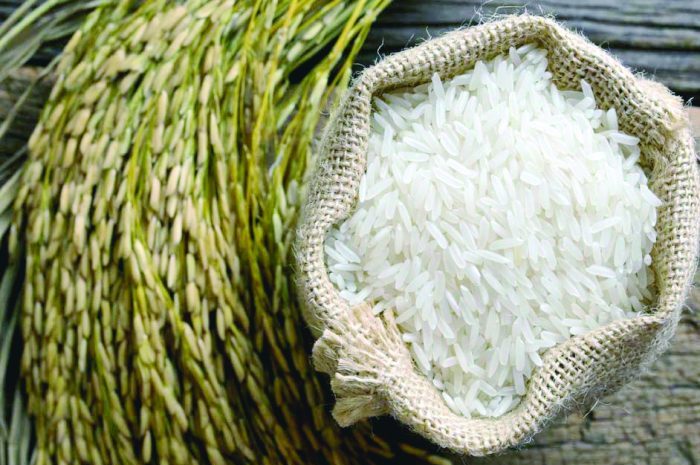Understanding Glycemic Index (GI):
The Glycemic Index (GI) is a ranking system that evaluates how quickly carbohydrates in foods raise blood sugar levels. Foods with a high GI are digested and absorbed rapidly, causing a sharp increase in blood glucose levels, while those with a low GI lead to a slower and more gradual rise in blood sugar levels. This concept is crucial for individuals, especially those with diabetes, as controlling blood sugar levels is vital for overall health and well-being.
Low GI foods are particularly advantageous for blood sugar control. They provide a sustained release of energy, helping to prevent spikes and crashes in blood glucose levels. Incorporating low GI foods into the diet can contribute to better glycemic control, improved insulin sensitivity, and reduced risk of complications associated with diabetes.
Benefits of Low GI Fruits:
Fruits are an essential component of a healthy diet, providing an array of vitamins, minerals, and antioxidants. For individuals managing diabetes, choosing fruits with a low GI can offer several benefits:
Stable Blood Sugar Levels: Low GI fruits cause a gradual increase in blood glucose levels, helping to maintain stable energy levels throughout the day.
Improved Glycemic Control: Including low GI fruits in the diet can assist in managing blood sugar levels and reducing the risk of hyperglycemia.
Increased Satiety: The fiber content in low GI fruits promotes feelings of fullness, which can aid in weight management and blood sugar control.
Nutrient-Rich: Low GI fruits are packed with essential nutrients such as vitamins, minerals, and antioxidants, supporting overall health and well-being.
List of Low GI Fruits:
According to the latest data, some of the best low GI fruits include:
Cherries:
Carbohydrates: 12 grams per 1 cup
Fiber: 2 grams
Vitamins: Vitamin C, Vitamin K
Minerals: Potassium
Grapefruit:
Carbohydrates: 13 grams per 1 medium fruit
Fiber: 2 grams
Vitamins: Vitamin C, Vitamin A
Minerals: Potassium
Apricots:
Carbohydrates: 4 grams per 1 apricot
Fiber: 1 gram
Vitamins: Vitamin A, Vitamin C
Minerals: Potassium
Pears:
Carbohydrates: 22 grams per 1 medium pear
Fiber: 5 grams
Vitamins: Vitamin C, Vitamin K
Minerals: Potassium, Copper
Apples:
Carbohydrates: 25 grams per 1 medium apple
Fiber: 4 grams
Vitamins: Vitamin C, Vitamin K
Minerals: Potassium
Oranges:
Carbohydrates: 15 grams per 1 medium orange
Fiber: 3 grams
Vitamins: Vitamin C
Minerals: Potassium
Plums:
Carbohydrates: 12 grams per 1 medium plum
Fiber: 1 gram
Vitamins: Vitamin C, Vitamin K
Minerals: Potassium
Strawberries:
Carbohydrates: 11 grams per 1 cup
Fiber: 3 grams
Vitamins: Vitamin C, Folate
Minerals: Potassium, Manganese
Peaches:
Carbohydrates: 14 grams per 1 medium peach
Fiber: 2 grams
Vitamins: Vitamin C, Vitamin A
Minerals: Potassium
Grapes:
Carbohydrates: 27 grams per 1 cup
Fiber: 1 gram
Vitamins: Vitamin C, Vitamin K
Minerals: Potassium
Nutritional Information:
Each of these low GI fruits provides a unique combination of nutrients essential for overall health. Here’s a closer look at the nutritional content of these fruits:
Carbohydrates: While fruits contain natural sugars, they also provide fiber, which helps slow down the absorption of sugar into the bloodstream.
Fiber: Essential for digestive health, fiber promotes satiety and helps regulate blood sugar levels.
Vitamins: Fruits are rich in various vitamins, including Vitamin C, which supports immune function, and Vitamin A, essential for vision and skin health.
Minerals: Fruits contribute minerals such as potassium, important for heart health, and manganese, which supports bone health and metabolism.
Serving Size Recommendations:
It’s essential to be mindful of portion sizes when incorporating fruits into a diabetic diet to manage carbohydrate intake and blood sugar levels. A general guideline for serving sizes of low GI fruits is as follows:
Cherries, Apricots, Plums, Strawberries: 1 cup
Grapefruit, Oranges, Peaches: 1 medium fruit
Pears, Apples: 1 medium fruit (about the size of a tennis ball)
Grapes: 1 cup
These serving sizes provide approximately 15 grams of carbohydrates, making them suitable for diabetic meal planning.
Incorporating Fruits into a Diabetic Diet:
Including low GI fruits in a balanced diabetic diet is simple with a few tips:
Pair with Protein and Healthy Fats: Combining fruits with protein-rich foods such as nuts or cheese can further slow down the absorption of sugars and promote satiety.
Spread Throughout the Day: Instead of consuming large amounts of fruit at once, distribute servings throughout the day to help maintain stable blood sugar levels.
Choose Whole Fruits: Opt for whole fruits over fruit juices or processed fruit snacks, as they contain more fiber and fewer added sugars.
Experiment with Variety: Explore different low GI fruits to add diversity to your diet and maximize nutrient intake.
Potential Interactions:
It’s important to be aware of potential interactions between certain fruits and medications, especially for individuals managing chronic conditions such as diabetes. One notable interaction is between grapefruit and certain medications, particularly statins used to lower cholesterol levels. Grapefruit can interfere with the metabolism of these medications, leading to increased blood levels and potentially severe side effects. Therefore, individuals taking statins should consult with their healthcare provider before consuming grapefruit or grapefruit juice.
Personalization:
While low GI fruits offer numerous health benefits, it’s essential for individuals to personalize their dietary choices based on their unique health needs and preferences. Consulting with a healthcare professional, such as a registered dietitian or endocrinologist, can help tailor fruit choices to individual health goals and optimize blood sugar control.
Conclusion
In conclusion, incorporating low GI fruits into a diabetic diet can contribute to better glycemic control, improved overall health, and reduced risk of complications associated with diabetes. By understanding the concept of GI, choosing appropriate serving sizes, and being mindful of potential interactions, individuals can enjoy the delicious flavors and nutritional benefits of fruits while supporting their health and well-being.
Related Topics

























